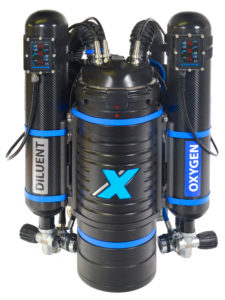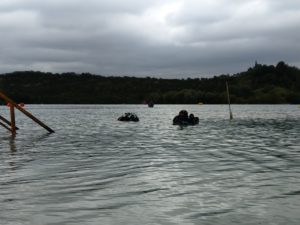The system of underwater communication provides you with the ability to communicate with other divers. For this purpose, a language consisting of gestures was created that is simple and intuitive to remember. Below we present some of the ones we considered the most important.
 | OK |
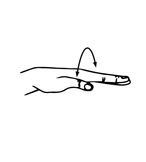 | Something is wrong. After this, you should signal what is not OK. |
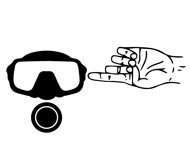 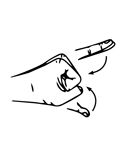 | Most often is a problem with the pressure equalisation or cramp (after showing this sign you should immediately show the place where it occurred. |
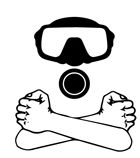 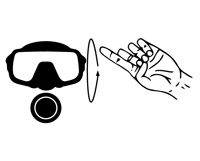 | Then these are the signs' I feel dizzy and 'I feel cold - I have chills' |
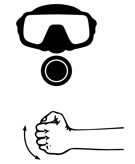 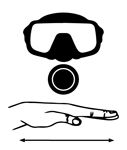 | Here we have: 1. I am low on air 2. I don't have air. |
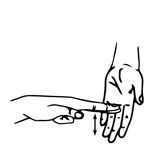 | From time to time, the divemaster or instructor will ask you how much air you have left. |
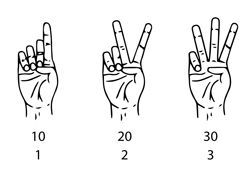 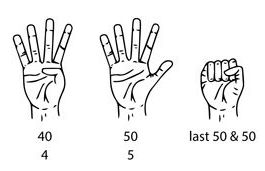 | To answer, you must know the key - a system for transmitting such information. First, we give the pressure to an accuracy of 10 atm. That is 180, 130, 60, but not 125 or 78. In the range between 10 and 50 we show the correct number of fingers as shown in the picture. Note the 10atm sign we show the index finger - no other, and under any circumstances the thumb, because it indicates a signal of ascent. As a 50atm sign you should rather use a closed hand because the open one can easily be confused with another sign 'hold on - stop'. |
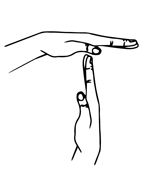 | To communicate the values of 100 and above, the sign '100' is used (sometimes it means half the cylinder). To sum up: the value of 130atm we will show as a sign '100' and then sign 30, visible above. The value of 170 is a string: 100, 50 and 20. It is worth to practice so that the transfer of values is an automaton, not the result of painstaking calculations. |
  | Ascending and descending |
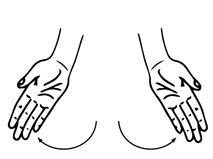 | I do not understand. |
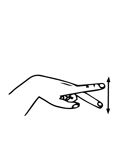 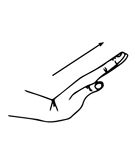 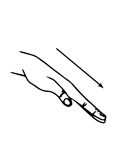 | Swim... Slowly up, ascending. Slowly down, descending. |
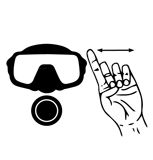 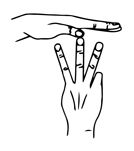 | Remember. The safety stop (3 minutes at 5 meters). |
| And now a few less used, but still useful signs that are worth knowing: | |
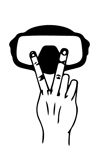 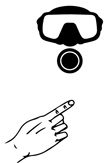 | Look at me. |
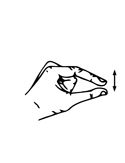 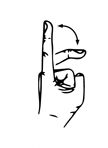 | Add some air to the BCD. Release some air from a BCD. |



